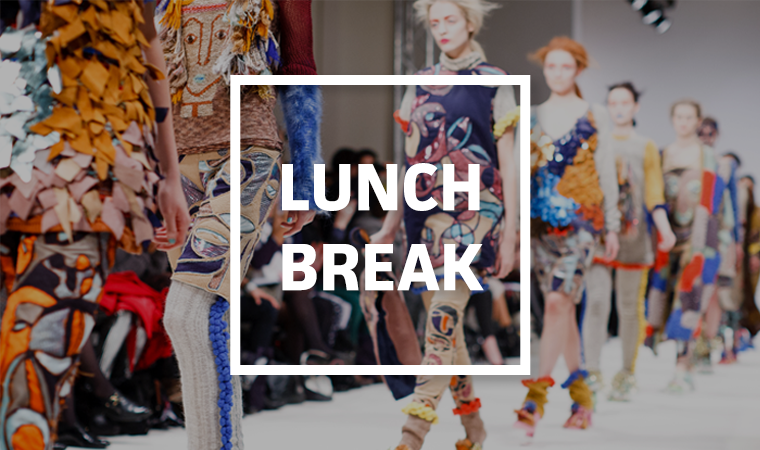 QUICK PR READS YOU CAN TACKLE BETWEEN BITES
QUICK PR READS YOU CAN TACKLE BETWEEN BITES
Good afternoon, communicators! President Trump has met face-to-face with Vladimir Putin for the first time, Spiderman: Homecoming did $117 million in its domestic opening, and 7-Eleven will be celebrating “7/11 Day” with a nationwide deal for free Slurpees.
That’s right—things are happening. But you’re a mover, a shaker, and a news-taker and we’re here to update you on all that is PR.
In today’s lunch break, we look at the essentiality of FOMO, the inexplicable allure of Instagram advertisements, and the risk of undisclosed sponsorship.
Fear of Missing Out (FOMO): The Secret Ingredient to Social
Today, a majority of the language used in the communication-sphere, despite being spoken in a myriad of tones, can be aptly captured by Twitter, Instagram and Snapchat. Kelly Stone, a consultant for CompTIA, sometimes jokes that her job as social media marketer on the most basic level is to instill a deep sense of FOMO around her clients’ events. Stone shares with us a few tips on keeping our social accounts fruitful.
One of our favorites: Whenever a hashtag or wacky holiday is trending, don’t just shoehorn your organization into the narrative. If it isn’t an organic fit and your brand brings nothing to enhance to the conversation, refrain.
Insta Advertising: Just add water.
We have all seen—and laughed—at countless TV infomercials and late-night promos. Today, there is a new “as-seen-on …” player in the game: Instagram.
Molly McHugh, an editor from the ringer, points out the awesome potential this little app can muster. While the posts are shamelessly obvious, they are possibly more alluring than their cable-TV predecessors. The average consumer has never seen any of these things on a store shelf, and they don’t have any reason beyond their snippet-sized demos to trust them, and yet they end up in a Saved file for future potential (but unlikely) shopping.
A tiny product placement video loop, swipe-through of thumbnails, or Boomerang GIF in an Instagram feed pulls in the viewer. They also allow Instagram to capitalize on the marketing needs of companies whose products couldn’t make it onto the shelves of a Target. The result is targeted ads that let users feel like they found out about a secret to solving the clichéd problems that plague the average consumer.
The Devil Wears Prada Undisclosed Sponsorship
It is no secret that big-name fashion brands enjoy occasionally endowing some coin to a writer willing to shed a glowing light on their products. But would knowing something is sponsored affect readers’ reactions? Would it plant a seed of suspicion, maybe, that the content was not entirely objective? Recently, in an unprecedented move, the Federal Trade Commission sent more than 90 letters to fashion brands, celebrities and influencers warning about what it called “undisclosed sponsored content.”
Julie Zerbo, a contributor for The New York Times, writes, “Fashion houses including Louis Vuitton, Gucci, Dior and Chanel often underwrite the cost of the trips for top customers and critics, whose publications might not otherwise approve the expense to cover what is essentially a 20-minute show (especially in this age of shrinking editorial budgets).”
Despite this trend, some bloggers are taking a candid approach. Bryan Grey Yambao, the blogger and influencer better known as BryanBoy, tweeted in late April: “The resort shows are coming up next month. Who’s disclosing what? I’m disclosing that Prada, Vuitton and Gucci will subsidize my travel.” And for him, it appears transparency is working. He remarks, “A lot of my followers appreciate the disclosures…they are thankful that I disclose, especially because there are very few influencers who follow the rules.”